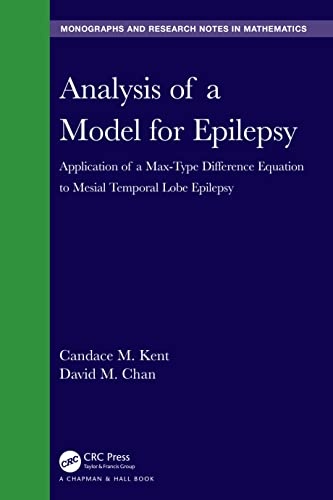

Most ebook files are in PDF format, so you can easily read them using various software such as Foxit Reader or directly on the Google Chrome browser.
Some ebook files are released by publishers in other formats such as .awz, .mobi, .epub, .fb2, etc. You may need to install specific software to read these formats on mobile/PC, such as Calibre.
Please read the tutorial at this link: https://ebookbell.com/faq
We offer FREE conversion to the popular formats you request; however, this may take some time. Therefore, right after payment, please email us, and we will try to provide the service as quickly as possible.
For some exceptional file formats or broken links (if any), please refrain from opening any disputes. Instead, email us first, and we will try to assist within a maximum of 6 hours.
EbookBell Team

5.0
70 reviewsIn the 1960s and 1970s, mathematical biologists Sir Robert M. May, E.C. Pielou, and others utilized difference equations as models of ecological and epidemiological phenomena. Since then, with or without applications, the mathematics of difference equations has evolved into a field unto itself. Difference equations with the maximum (or the minimum or the "rank-type") function were rigorously investigated from the mid-1990s into the 2000s, without any applications in mind. These equations often involved arguments varying from reciprocal terms with parameters in the numerators to other special functions.
Recently, the authors ofAnalysis of a Model for Epilepsy: Application of a Max-Type Difference Equation to Mesial Temporal Lobe Epilepsyand their colleagues investigated the first known application of a "max-type" difference equation. Their equation is a phenomenological model of epileptic seizures. In this book, the authors expand on that research and present a more comprehensive development of mathematical, numerical, and biological results. Additionally, they describe the first documented instance of a novel dynamical behavior that they callrippled almost periodic behavior, which can be described as an unpredictable pseudo-periodic behavior. Features: